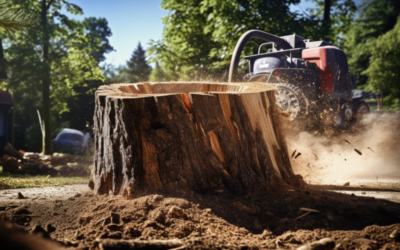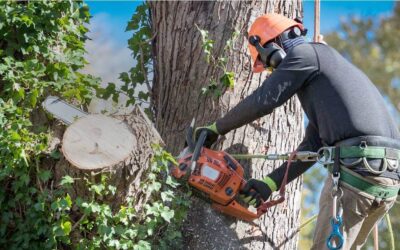As urban areas are built up, the rain falling on them runs off rooftops and paved areas into storm sewers that carry it away. Instead of falling onto open ground, where it’s filtered by soil and plants, it typically flows through the sewers directly into a nearby river or stream, carrying pollutants such as oil and chemical products along with it.
A rain garden, on the other hand, directs rainwater and snowmelt into a planted area where it’s absorbed by roots or filtered through the soil before entering the runoff system. This has several benefits, including:
- Conserving water
- Helping prevent local flooding
- Replenishing groundwater tables and aquifers
- Filtering pollutants to protect rivers and streams
- Removing standing water and breeding places for mosquitos and other pests
- Restoring a natural balance to the landscape
- Attracting beneficial birds, animals, and insects
- Reducing garden maintenance
- Giving drought protection
- Enhancing property value
- Adding enjoyment to garden areas
Building a Rain Garden – Do’ and Don’ts
Rain gardens are fairly inexpensive and easy to build. All you need is to follow some basic steps to have a rain garden that will give you years of pleasure. Here are some dos and don’ts:
Do:
- Choose a place that’s in full or partial sun year-round
- Stay at least 10 feet away from buildings
- Choose a flat area that slopes gradually away from buildings
- Direct runoff from downspouts and driveways toward the garden
- Choose plants that are adaptable to your local microclimate
Don’t:
- Place the garden over buried utility, water, or drain lines. Call 811 to have them marked
- Put the garden over sprinkler or other irrigation lines
- Place the garden over a septic tank or leach field
- Use a liner or weed barrier. It can prevent natural filtering and cause water to pool
- Forget that the garden may need watering during dry spells
Resources for Designing and Building a Rain Garden
Colorado State University Extension has a detailed brochure on building a rain garden in Colorado. You can download it as a PDF file here.
You might also look at this site for information about rainwater harvesting in dry climates.
The Urban Drainage and Flood Control District has constructed a garden in Lakewood to test the effects a rain garden has on runoff. You can learn about it on their website.
Need Help Building Your Rain Garden?
Rain gardens are an important way to conserve water and restore a natural balance to your landscape. Building one properly isn’t complicated, but it needs to be done right in order to get its full benefits.
If you need a helping hand, Donovan Arborists offers a complete landscape maintenance package for property in the Denver area that includes care of trees, shrubs and turf. Call us today!



